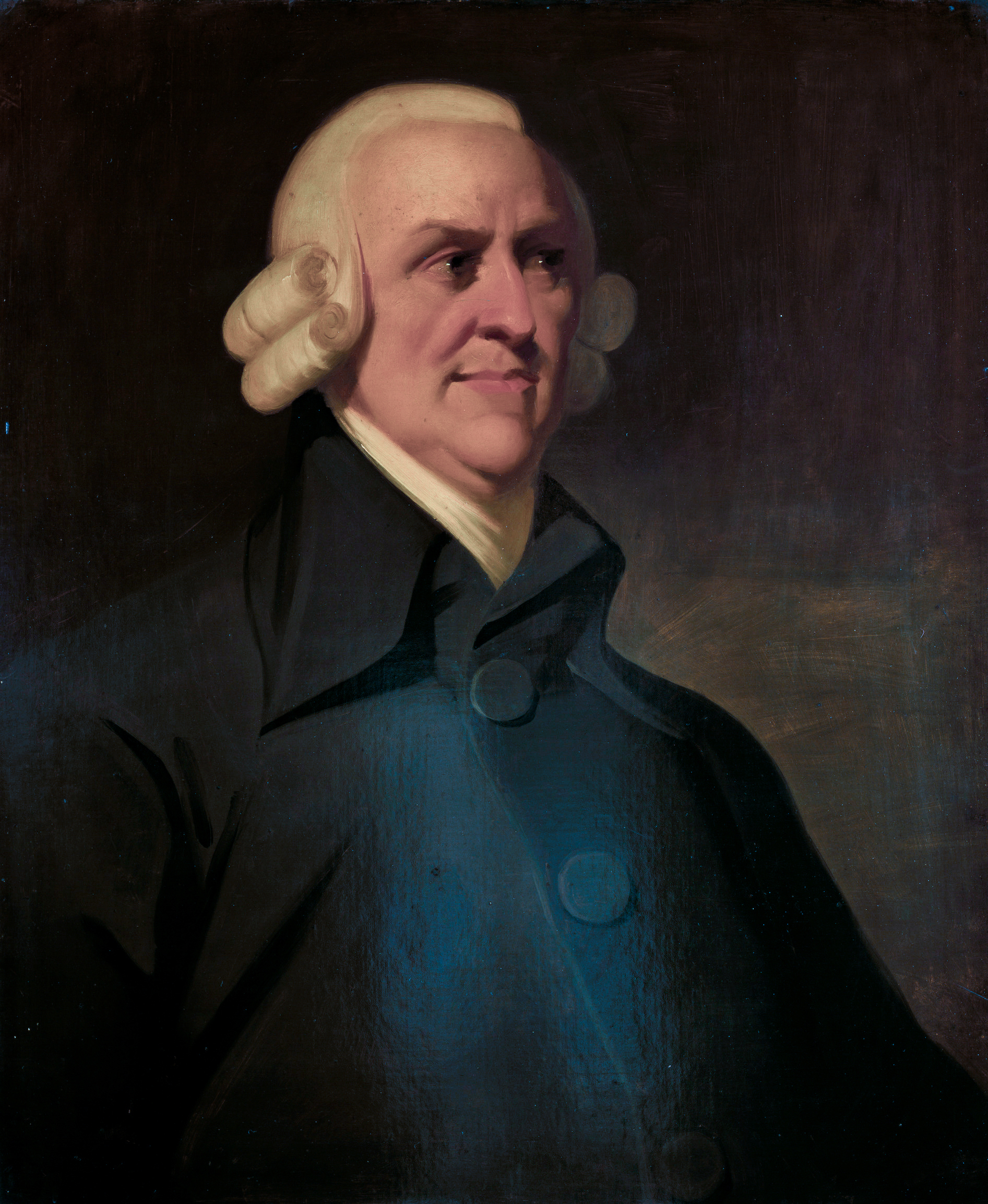Every morning I wake up at 6:30, I get dressed and eat breakfast. Then, I’m off to school, followed by volleyball practice, and dance. After my activities are completed for the day I head home to relax and enjoy my evening before heading to bed by 10. In Great Britain and the United States during the Industrial revolution, children my age and younger had a drastic difference in their daily schedules. They would wake up hours earlier than I do and head to work at the mills for 13-15 hours per day with little to no free time. Mill workers suffered with inevitably poor living and working conditions. Bad weather, abuse, overworking and bad health all contributed to these harsh living and working conditions they had to overcome.
Mary Paul was a young lady who worked in the mills for four years. In letters she wrote to her father back home in Vermont we learn about some of the contributions to why living and working conditions were inevitably poor. The New England Weather habits caused harm on the workers. Mary wrote on December 21, 1845, “Last Thursday one girl fell down and broke her neck which caused instant death. She was going in or coming out of the mill and slipped down it being very icy.” (Doc. C) Having to face situations like this at such a young age would be frightening. Many young girls and a few boys worked in the mills. There was a risk that they might all slip on the ice. Icy environments do not contribute to good working conditions. Later on in her career at the mill Ms. Paul wrote on July 1, 1849, “I thought then that it would be impossible for me to work through the hot weather… I have not been able to do much, although I have worked very hard.” (Doc. C) Ice wasn’t the only natural harm on their working conditions. New England summers are very hot, and were a major reason for poor working conditions. Mary stated that she hadn’t be able to do much work because it had been so warm. The young mill workers spent endless hours working during those unbearably hot summer days.
Most young children spend their days at school having fun with their friends. In the 1830’s kids stopped going to school. Instead they left home and were overworked in mills making a small wage. Hannah Goode tells us, “I can read a little: I can’t write. I used to go to school before I went to the mill:” (Doc. D) Rather than go to school Hannah works at a mill where they never stop to take their meals. (Doc. D) They work while they eat, except for dinner. “Bobbin girls” were young girls that also worked non stop. These girls set the bobbins on a spinning wheel. This was done every minute without intermission. (Doc. B) Working constantly does not lead to good living or working conditions.
Abuse was another contribution to inevitably bad working conditions. Children naturally get tired very easily. Working for more than 12 hours per day puts a strain on your body and would make any person, child or adult, very sleepy. In Hannah Goode’s testimony she wrote, “he (William Crookes) beats the little children if they do not do their work right.” (Doc. D) It is very difficult to do work properly when you’re overtired. It was hard enough to do the work correctly, let alone stay awake! With only about 7 hours of sleep per night and then working all day it is no surprise that some of these young mill workers would occasionally doze off while on the job. What’s surprising is the way they were treated if they were caught. Hannah Goode also wrote in her testimony, “If they are catched asleep they get the strap…” (Doc. D) Abusive overseers would most definitely not be a part of a good working environment. The working conditions in the mills were inevitably poor due to abusive overseers like William Crookes.
In addition to abuse, bad weather, and overworking, bad health also contributed to the inevitable poor working and living conditions found at the mills. Charles Dickens may have claimed that many of the girls were “healthy in appearance,” (Doc. A) but were they really as healthy as they seemed? Mary Paul wrote to her father saying her health had been “pretty good.” Truthfully, “it had been failing for 3 years.” (Doc. C) Mary had to miss long periods of work because of her poor health. Poor living and working conditions due to health were inevitable because of the overpopulation in the cities. The overpopulation was a main cause for poor sanitation. If you are sick, you need rest to get better, but the people working in mills did not rest. Poor living and working conditions were inevitable because of bad health.
When I go to school, I go for 6 hours in the heat when its cold and with fans when it’s hot. If I’m sick I stay home to rest and at school we are not beaten if we are tired. My living and working conditions are much better than those of the mill workers in the 1800s. They suffered with inevitably poor living and working conditions caused by abuse, overworking, bad weather, and bad health.













